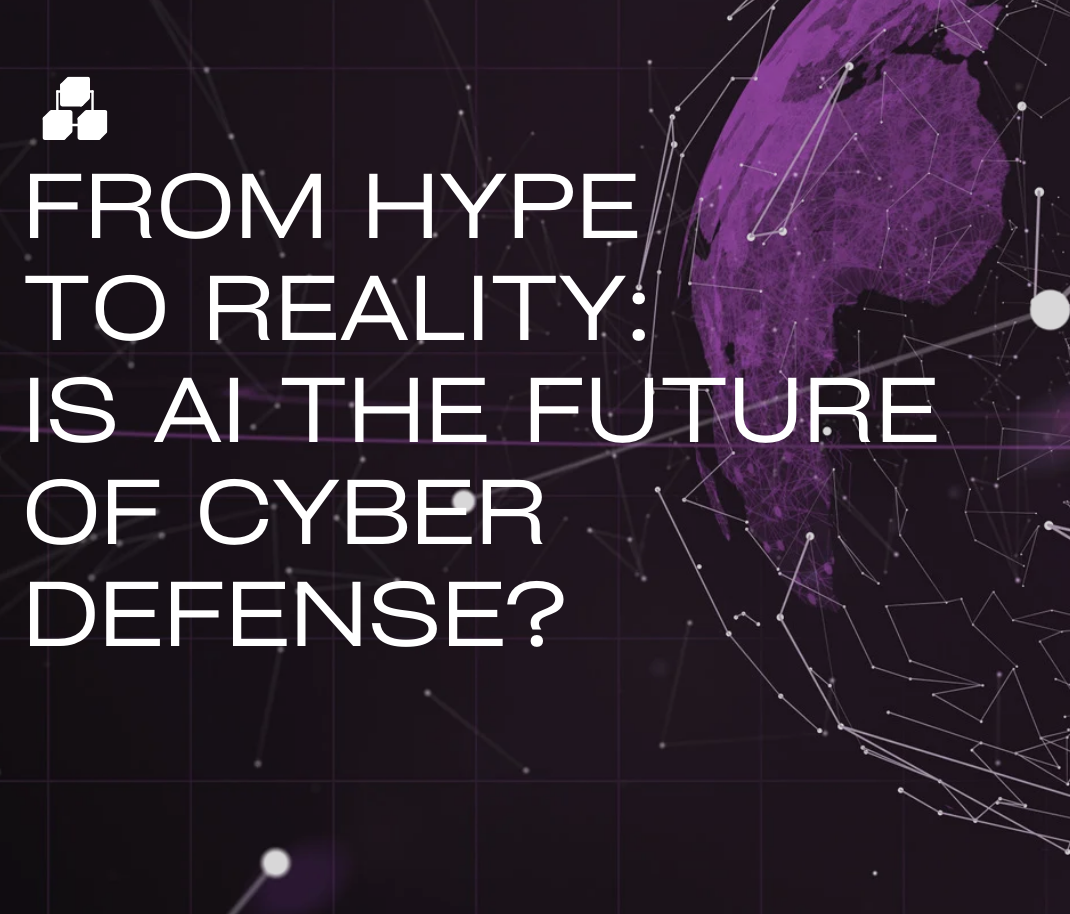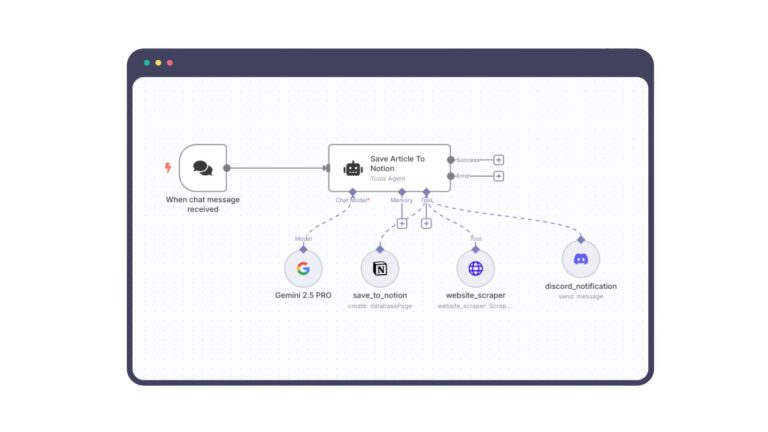The AI Hype Train: Revolutionary or Overrated?
Artificial Intelligence (AI) in cybersecurity has been a buzzword for years, often painted as the silver bullet that will outsmart hackers, automate defenses, and predict cyberattacks before they even happen. But is this futuristic vision grounded in reality, or are we merely chasing a dream fueled by hype?
There’s no doubt AI has made significant strides in cybersecurity. From threat detection and behavioral analytics to incident response automation, AI-powered tools are transforming how we defend digital assets. But there’s a fine line between optimism and overestimation. Can AI truly replace human defenders, or does it introduce new vulnerabilities that adversaries can exploit?
AI vs. Cyber Threats: Who’s Winning?
Hackers aren’t sitting idle while enterprises integrate AI into their security stacks. They’re innovating too—using AI for deepfake-based phishing attacks, automating vulnerability discovery, and even poisoning AI models to manipulate outcomes. AI in cyber defense is a double-edged sword: while it enhances detection, it also raises the stakes for adversarial AI warfare.
Think of cybersecurity as a high-stakes chessboard, where defenders and attackers are constantly making strategic moves. AI, like a grandmaster, can process vast amounts of information quickly, predicting and countering threats in real time. However, human players still play a crucial role in long-term strategy, ensuring that AI doesn’t fall for deceptive maneuvers designed by adversaries.
Take machine learning-based anomaly detection, for example. AI can flag unusual behaviors that might indicate a cyberattack, but it often produces false positives, overwhelming security teams with alerts. Meanwhile, adversaries are training their own AI models to bypass detection mechanisms. So, is AI truly outpacing attackers, or is it just an arms race with no clear winner?
Reality Check: AI’s Strengths and Limitations
AI undoubtedly brings powerful capabilities to cybersecurity, but its effectiveness depends on how it is used. Understanding both its strengths and limitations is key to leveraging it effectively.
Where AI Excels:
✅ Speed & Automation: AI-powered threat detection systems can process vast amounts of data in real time, spotting threats that would take humans much longer to identify. This allows organizations to respond to potential breaches before they escalate.
✅ Behavioral Analytics: AI can recognize deviations from normal behavior and flag insider threats, malware infections, or unauthorized access attempts. This makes it particularly useful for detecting sophisticated attacks that may bypass traditional security measures.
✅ Automated Response: AI-driven SOAR (Security Orchestration, Automation, and Response) platforms can autonomously mitigate threats, reducing dwell time and limiting damage. Automated patching and quarantine mechanisms can prevent threats from spreading.
The Challenges AI Faces:
❌ Bias & Data Poisoning: AI models are only as good as the data they’re trained on. If attackers poison the training data, the AI may develop blind spots, missing real threats or allowing malicious activity to slip through undetected.
❌ False Positives & Alert Fatigue: AI is notorious for generating excessive alerts, many of which turn out to be false positives. This can overwhelm security teams, leading to fatigue and ultimately causing them to overlook legitimate threats.
❌ Lack of Contextual Understanding: AI struggles with context. It can identify anomalies, but it often can’t determine intent or differentiate between a harmless system update and a sophisticated attack. Unlike human analysts, AI lacks intuition and critical thinking.
❌ Adversarial AI Attacks: Attackers are leveraging AI to develop more sophisticated cyber threats, including adversarial machine learning techniques that manipulate AI models into misclassifying malicious activity as benign. This makes AI not just a defense tool, but also a target.
AI as a Cybersecurity Co-Pilot, Not a Replacement
The real value of AI lies in augmenting human defenders, not replacing them. AI excels at pattern recognition, automation, and rapid response, but human intuition, strategic thinking, and contextual awareness remain irreplaceable. The most effective cyber defense strategy is a hybrid model—AI handling repetitive, high-volume tasks while human analysts focus on sophisticated threats and decision-making.
Instead of seeing AI as an autonomous cyber sentry, we should embrace it as a co-pilot in cybersecurity, not the pilot. Just like an advanced autopilot system in aviation, AI can assist, automate, and optimize security processes, but it still needs skilled professionals at the helm to make critical decisions in complex scenarios.
Organizations that view AI as an assistant rather than an all-in-one solution will reap the most benefits.
Final Verdict: The Future is AI-Enhanced, Not AI-Dependent
So, is AI the future of cyber defense? Yes, but not in the way most people think. AI is not a magic wand that will eliminate cyber threats overnight. It’s a tool—one that must be carefully integrated, continuously trained, and always used alongside human expertise.
The reality is, AI-driven cybersecurity is already here. The question isn’t whether AI will be the future, but how we’ll use it responsibly, effectively, and securely.







